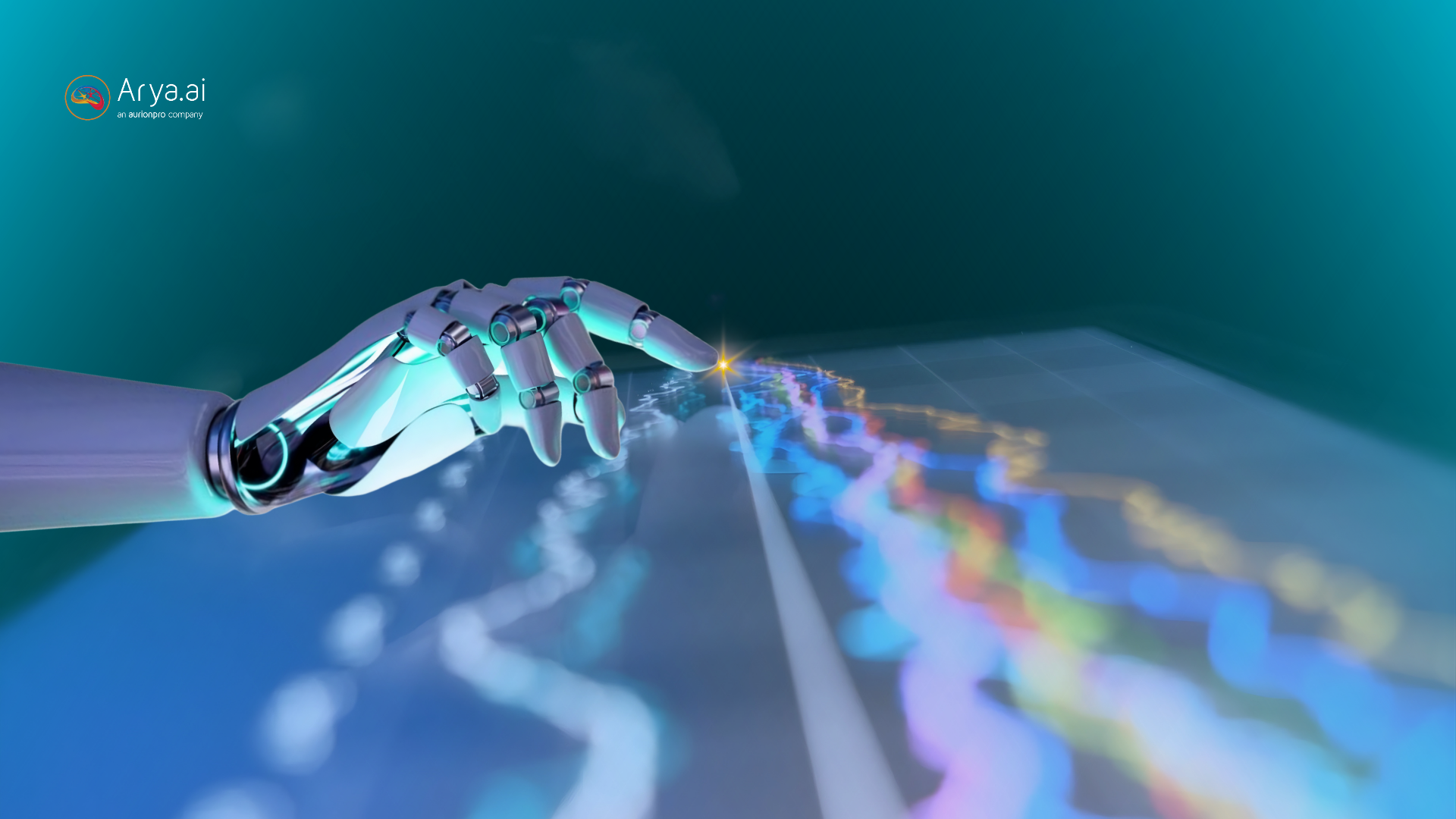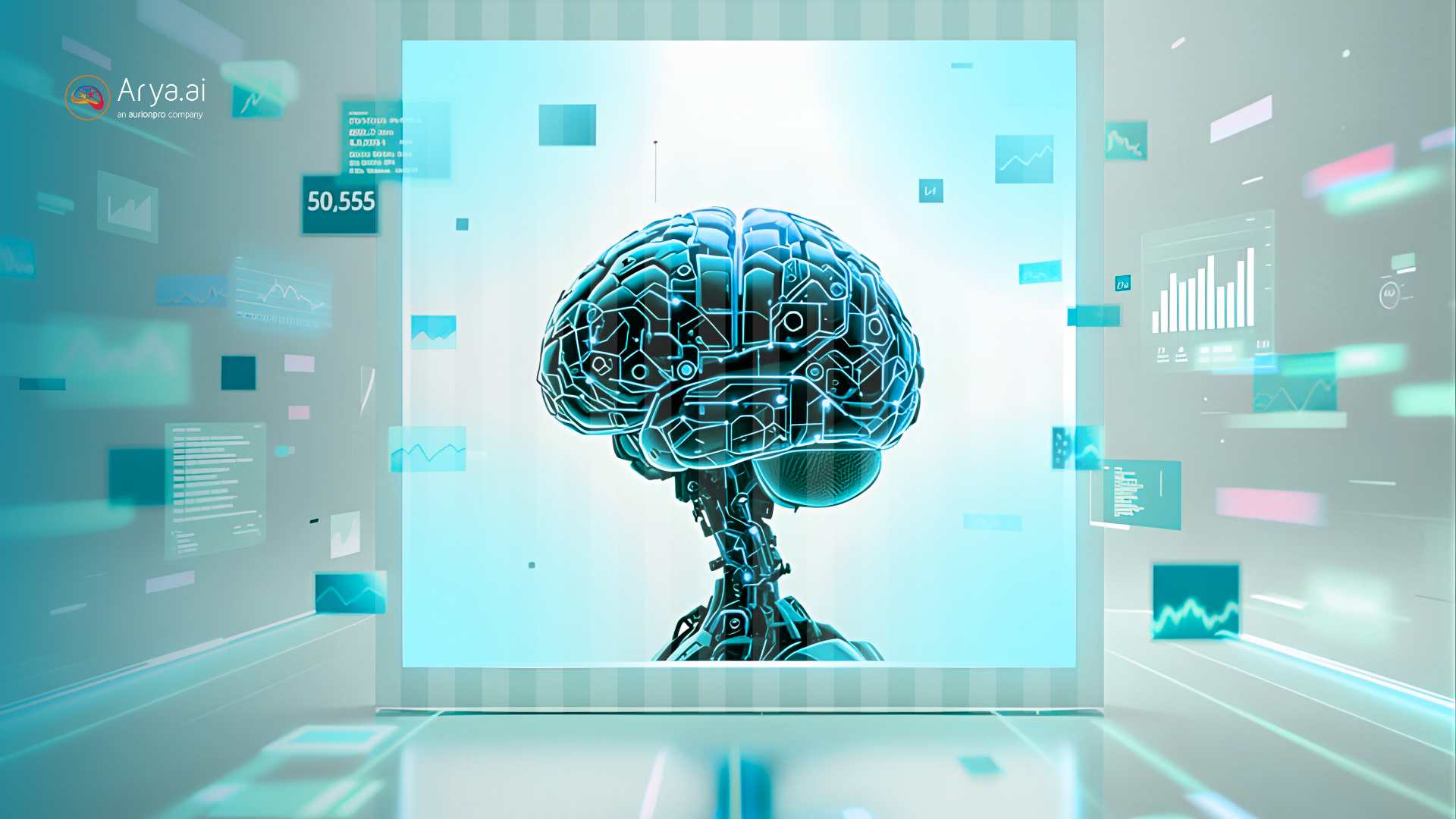
When an economic downturn hits, your organization is blindsided because the risks weren’t foreseen. That’s where scenario analysis and stress testing help. It prepares organizations for uncertainties and enables better decision-making in the face of unforeseen challenges.
Enterprises must stay ahead of potential risks and financial downturns. But here’s the challenge. Traditional approaches are static and rely heavily on historical data, which limits their ability to adapt to today’s dynamic financial landscape.
The advent of AI is transforming enterprise risk management, allowing them to embrace data-driven practices. AI is making it smarter, faster, and more precise. One of the areas where it is proving to be most transformative is scenario analysis and stress testing. Before delving into that, let’s first understand these concepts.
Understanding Stress Testing and Scenario Analysis
What if your organization could predict how a sudden economic crash or a significant market disruption would affect operations? Stress testing and scenario analysis allow just that.
What is Stress Testing?
Stress testing evaluates how a financial institution or organization might perform under adverse conditions.
Stress testing is a focused approach that examines an organization’s ability to withstand extreme, low-probability events. These simulations often include economic downturns, market crashes, or systemic financial crises.
For instance, financial institutions may use stress testing to assess the resilience of their balance sheets under adverse conditions, such as a sudden spike in interest rates or a liquidity crisis. This rigorous exercise ensures compliance with regulatory mandates and builds confidence among stakeholders.
Stress testing is about equipping organizations with the tools to absorb it. It enables global leaders to make informed, strategic decisions by identifying vulnerabilities and quantifying their impact.
For example, stress testing can help senior executives consider some previously overlooked sources of stress, the potential magnitude of their impact, and the adequacy of the company’s risk-bearing capacity.
What is Scenario Analysis?
Scenario analysis helps organizations better prepare for the future by testing ‘What If’ scenarios.
Unlike stress testing, which focuses on extreme conditions, scenario analysis explores a spectrum of potential outcomes, both positive and negative. It evaluates multiple future events by modeling plausible scenarios, like shifts in interest rates, inflation, or economic growth.
For example, a multinational corporation might model various scenarios, such as supply chain disruptions, fluctuations in foreign exchange rates, or a sudden increase in commodity prices. Each scenario provides actionable insights into how these variables might impact operations, enabling the company to develop contingency plans and allocate resources effectively.
Failing to consider extreme scenarios leaves companies exposed to dramatic changes. By conducting scenario analysis, organizations can better prepare for the expected and the unexpected.
The Role of AI in Stress Testing and Scenario Analysis
AI brings dynamic, predictive capabilities that enhance precision and efficiency.

1. Advanced Forecasting
AI enhances forecasting accuracy by processing vast datasets and combining historical trends with real-time market data.
AI models can simulate complex scenarios, such as global economic shifts, currency fluctuations, and credit risks, providing granular insights that traditional methods cannot achieve. This enables organizations to predict the potential impact of various scenarios with greater precision.
Financial institutions utilizing AI-powered forecasting models can simulate economic downturns and assess their effects on loan portfolios. For example, they can evaluate how they would perform during the COVID-19 pandemic by analyzing the impact of prolonged lockdowns on default rates across industries like travel, retail, and hospitality.
2. Anomaly Detection
AI excels in identifying outliers and anomalies that might signal potential risks.
Financial institutions may leverage AI to monitor transactions to identify patterns that could indicate fraud or systemic vulnerabilities.
For instance, AI systems can monitor real-time credit card transactions to detect suspicious activities, such as unusually large purchases or transactions from atypical locations.
By promptly identifying these anomalies, financial institutions can address fraudulent activities before they escalate, protecting the institution and its customers.
3. Continuous Learning
Unlike traditional models that require periodic updates, AI systems continuously learn from new data.
Using AI, stress testing and scenario analysis models can evolve in real-time, adapting to changing market conditions or regulatory landscapes. This ensures that risk assessments remain current and relevant, enabling organizations to respond to risks with agility and confidence.
In the energy industry, fluctuating oil prices and geopolitical tensions are considered high risk. Energy companies can use AI systems that continuously learn from new market data, such as changes in global oil production or shifts in renewable energy policies.
Leading energy firms can also employ AI to adapt its stress-testing models in real-time, incorporating unexpected variables like sanctions on oil-exporting countries. Using this data, the company can dynamically adjust its trading strategies and manage market volatility effectively.
AI Solutions For Simplifying Stress Testing and Scenario Analysis

AI-powered solutions are taking stress testing and scenario analysis to new heights. Here are three standout AI tools and solutions:
1. Generative AI
Generative AI is redefining stress testing and scenario analysis by creating synthetic data and generating hypothetical market scenarios. This capability is particularly valuable for modeling extreme or rare events that traditional historical data cannot capture.
Generative AI can simulate events like sudden liquidity shortages, unexpected regulatory changes, or geopolitical conflicts. For example, a global bank might use generative AI to model the impact of a prolonged recession combined with rising interest rates. The bank gains insights into its capital adequacy and credit risk exposure by feeding the AI hypothetical macroeconomic indicators, such as GDP contraction or unemployment spikes.
2. Intelligent Document Processing (IDP)
Stress testing and scenario analysis often require processing vast amounts of documentation. This may include financial reports, contracts, and regulatory filings. Intelligent Document Processing (IDP) automates the ingestion, classification, and extraction of critical data from these documents.
This streamlines the data preparation process, enabling faster and more accurate risk assessments.
Arya AI’s Intelligent Document Processing solution leverages AI, OCR, and NLP to ingest, classify, and extract critical data. During a stress test, a bank or financial institution can use Arya AI’s IDP solution to scan thousands of loan agreements, extracting data points like interest rates, repayment schedules, and collateral values.
3. AI-Powered Cash Flow Models
Accurate cash flow forecasting is vital for effective stress testing, as liquidity is often a critical vulnerability during adverse scenarios. AI-powered cash flow models provide dynamic, real-time insights into liquidity positions, enabling organizations to prepare for potential shortfalls or surpluses.
These models combine machine learning algorithms with historical financial data and real-time inputs such as market conditions and payment trends.
For example, a cash flow solution can help you understand how delayed receivables during an economic slowdown could impact your ability to meet short-term obligations.
Conclusion
As global markets grow increasingly complex, scenario analysis and stress testing have become cornerstones of effective enterprise risk management. Traditional approaches, while foundational, fall short in addressing today’s multifaceted challenges.
Artificial Intelligence is transforming these methodologies, offering enhanced forecasting, anomaly detection, and continuous learning capabilities. Advanced solutions like generative AI, intelligent document processing, and AI-powered cash flow models are enabling organizations to stay ahead of risks with unmatched precision and efficiency.
For global leaders, adopting AI-driven stress testing and scenario analysis offers a strategic advantage. Organizations that leverage these cutting-edge solutions can build resilience, ensure compliance, and navigate uncertainty with confidence.
Risk is inevitable. But with AI-powered insights, you can easily anticipate and adapt risk to become an industry leader who stays ahead of the curve.





.png)





.png)




.png)
.svg)


